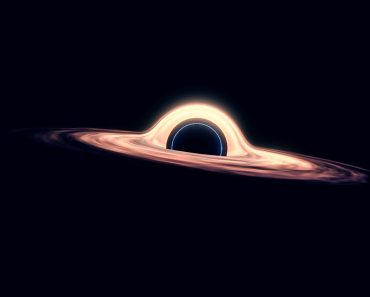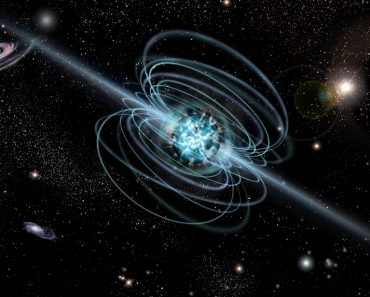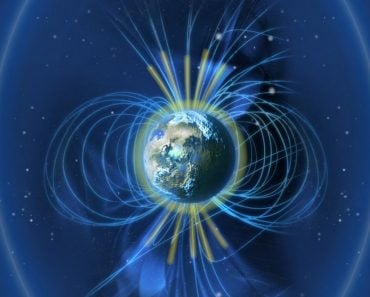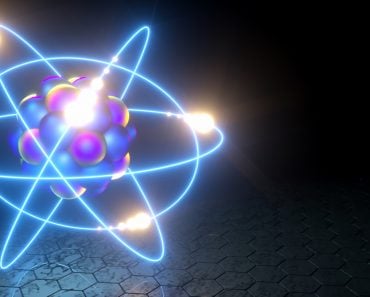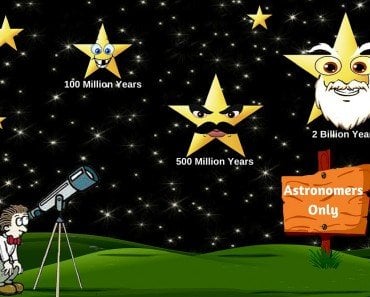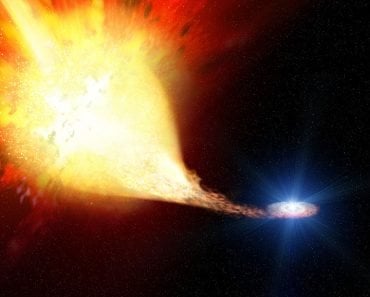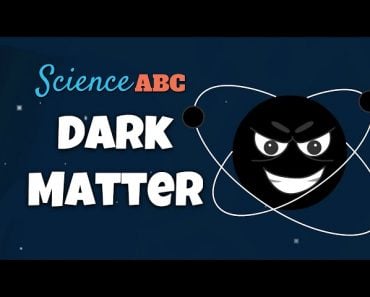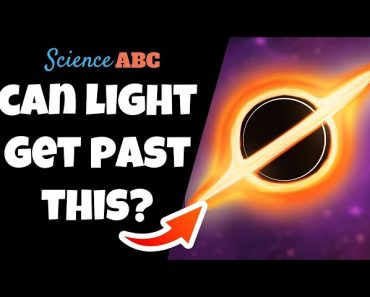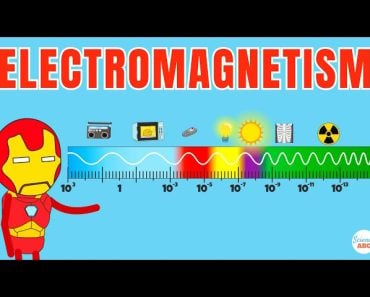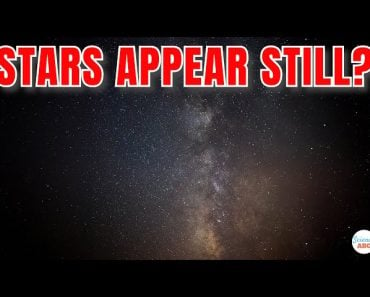Magnetic fields play an important role in stellar dynamics, mass loss to solar winds, and impacting star formation in the interstellar medium.
In the grandeur of the cosmos, stars’ lifecycles are incredibly fascinating. They are not just fiery balls of gas; they are celestial giants with magnetic fields that profoundly impact their journey from birth to death. This article explores what becomes of a dead star’s magnetic field, with insights from recent scientific breakthroughs.
Recommended Video for you:
The Birth Of A Magnetic Field In The Stellar Core
To understand the full story of a dead star’s magnetic field, we must also explore the origins of magnetic fields in the universe. As molecular clouds collapse under the influence of gravity, the magnetic fields within them help to regulating the fragmentation and formation of stars. In essence, the magnetic field of dead stars continues to influence the creation of new celestial bodies, continuing the cycle of stellar birth and death.
The fate of a dead star’s magnetic field must be understood by appreciating its significance during the star’s lifetime. Stars, including our own Sun, possess magnetic fields that originate from the outermost layer, called the solar corona.
These magnetic fields are responsible for a wide range of phenomena, from solar flares to the sunspots that periodically dot the Sun’s surface. The fields of dead stars impact surrounding star formation as well, but let’s take a deeper look at the processes involved during stellar evolution.
What Happens When A Star Dies?
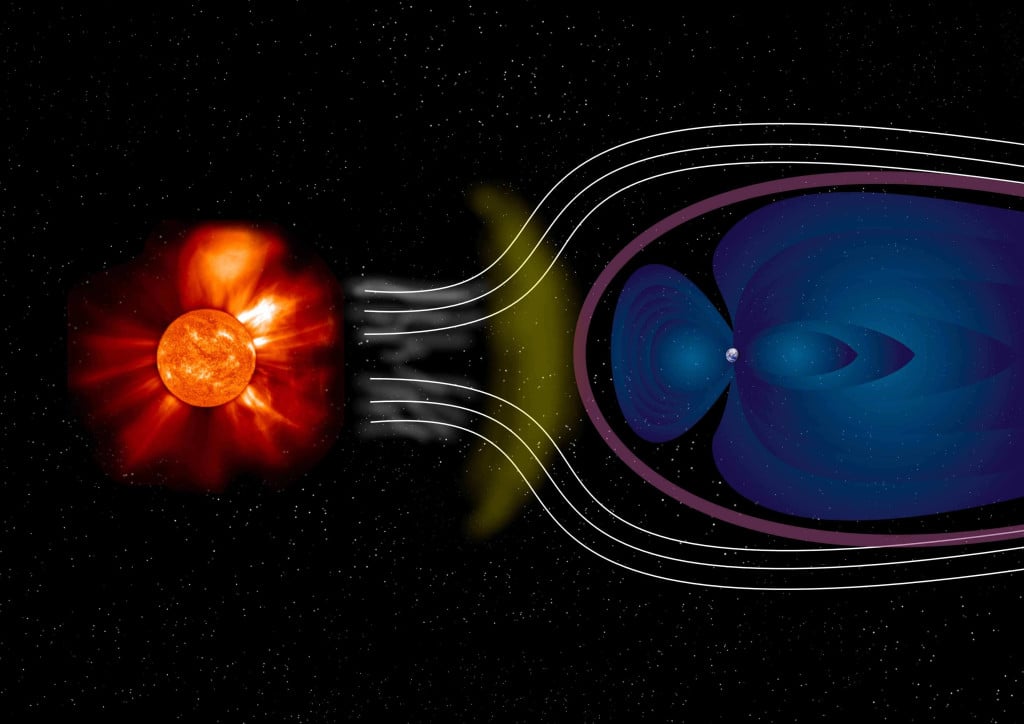
During a star’s active phase, its magnetic field has a profound impact on its behavior. It can influence the star’s rotation, mass loss, and the expulsion of material into space. Moreover, it plays a crucial role in the formation of planets and the overall structure of stellar systems. However, when a star reaches a point where it can no longer sustain fusion in its core, it embarks on a remarkable journey towards its ultimate fate.
As stars run out of hydrogen fuel, they undergo a series of transformations, depending on their mass. Low-mass stars like the Sun, for instance, swell into red giants before shedding their outer layers and collapsing into white dwarfs. High-mass stars, on the other hand, meet more explosive ends, culminating in supernova explosions that can leave behind neutron stars or black holes. Throughout these transitions, the fate of a star’s magnetic field is equally intriguing.
Recent observations and research have provided new insights into the enigmatic nature of magnetic fields linked to dead stars.
Magnetic Fields Of Incredibly Dense Stars
One remarkable discovery comes from the study of neutron stars, the remnants of massive stars after a supernova. Neutron stars are incredibly dense, containing roughly the mass of our Sun in a sphere just a few kilometers in diameter. These exotic celestial objects are also known for their incredibly strong magnetic fields.
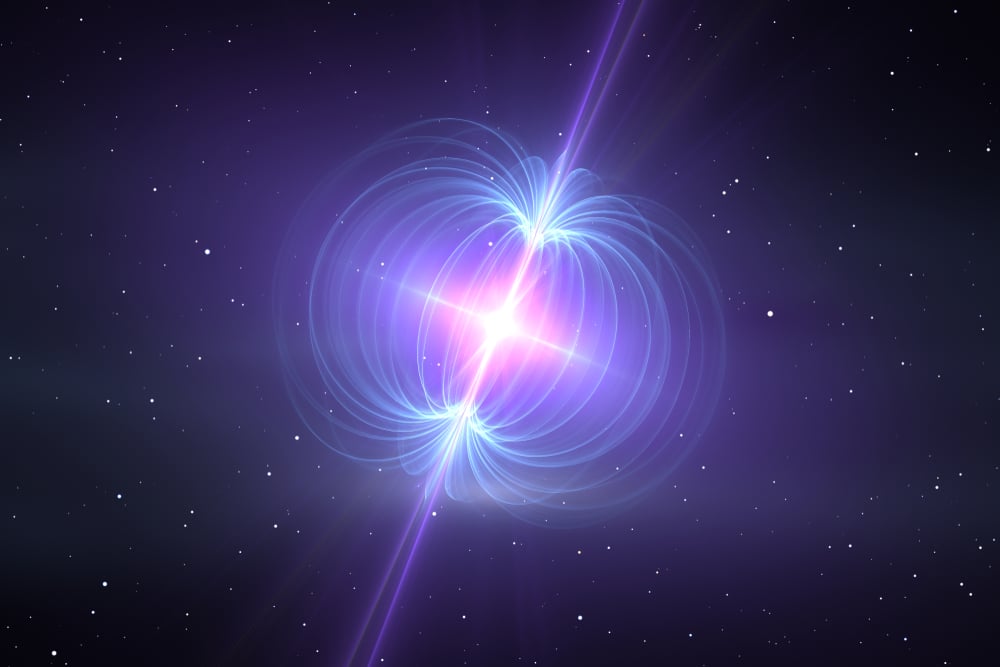
Recent observations, have shown that the magnetic fields of neutron stars can persist long after the star has gone supernova. In some cases, these magnetic fields even influence the surrounding environment. This persistence challenges previous assumptions that a star’s magnetic field would dissipate or weaken significantly during the tumultuous processes leading to a supernova.
Intriguingly, not all dead stars keep their magnetic fields close. One study highlighted the case of a “magnetic zombie star” that seemed to be heading toward our Solar System. Initially, astronomers believed this dead star’s magnetic field was on a collision course with Earth, but further investigations revealed an entirely different story.
The magnetic field of the so-called “zombie star” was not actually moving toward us. Instead, it was the result of an intricate dance between magnetic fields in a distant binary system. This scenario exemplifies the complexity of magnetic fields in the cosmos, where interactions and unexpected events can and often do occur.
The Origin Of Magnetic Fields In The Universe
Another big question that only makes one ponder without any relief is how did magnetic fields first come into existence in the Universe?
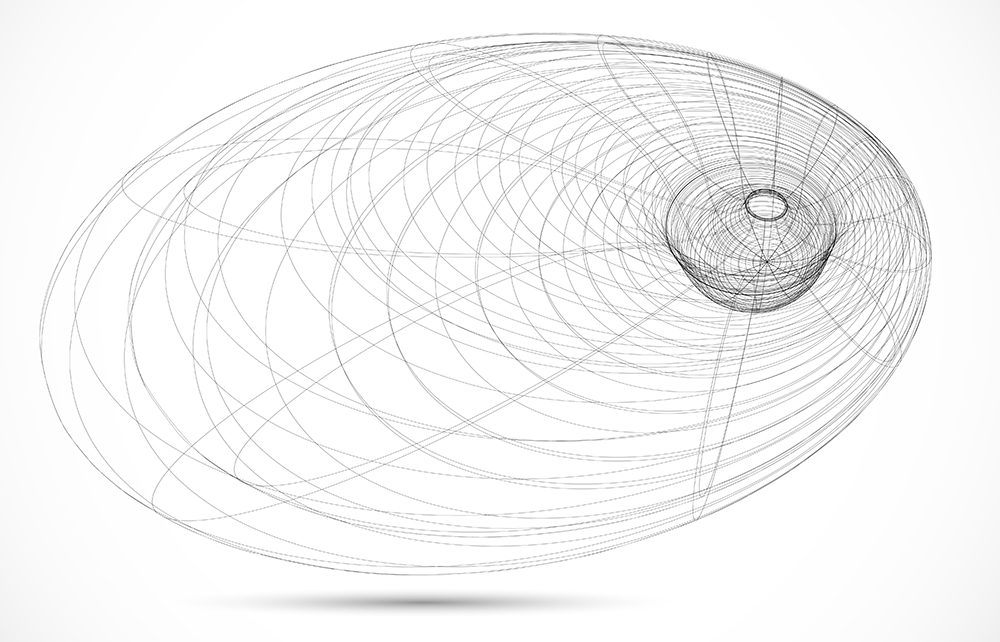
Many studies propose that the primordial magnetic field of the cosmos originated from the early universe’s quantum fluctuations during the inflationary period. These tiny fluctuations eventually grew into the vast cosmic magnetic fields that we observe today. Understanding this cosmic-scale magnetic field provides essential background for studying the smaller-scale magnetic fields within stars and their remnants.
Conclusion
The magnetic field of a dead star is an intriguing phenomenon that continues to startle astronomers and astrophysicists alike. Recent discoveries have revealed that these magnetic fields can persist long after a star’s demise, influencing the surrounding environment and even playing a role in the birth of new stars.
The complexity and persistence of these magnetic fields remind us that although we are still many decades away from discovering the physics behind every process in the Universe, our understanding of magnetic fields in dead stars has certainly evolved in recent years, along with our appreciation for the profound interplay between magnetism and the Universe.

